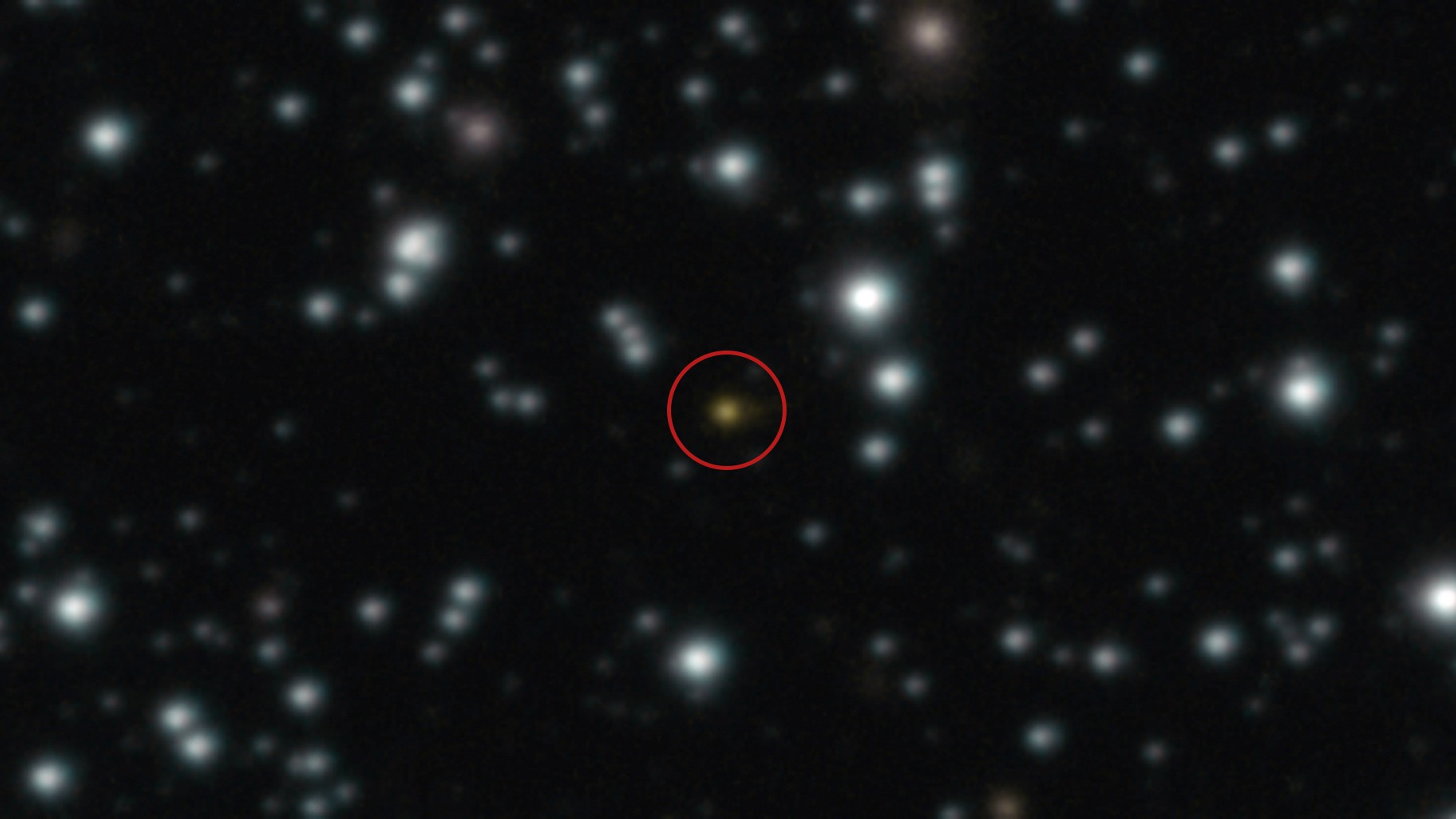Unbelievable Cosmic Explosion Shocks Scientists with Record-Breaking Duration!










2025-09-26T17:44:29Z

Imagine witnessing a cosmic event that defies all known logic and leaves astronomers scratching their heads. Well, that’s exactly what happened when scientists detected a bizarre, long-lasting cosmic explosion that shattered records and raised more questions than answers. This wasn't just any explosion; it was a series of high-energy radiation bursts, known as gamma-ray bursts, that lasted a shocking twenty-four hours! This incredible event, dubbed GRB 250702BDE, took place outside our Milky Way galaxy and was detailed in a study published in The Astrophysical Journal Letters on August 29.
Gamma-ray bursts (GRBs) are usually short-lived, showing up for mere milliseconds to minutes, but this one was a true outlier. Antonio Martin-Carrillo, an astrophysicist at University College Dublin and co-lead author of the study, explained that these catastrophic explosions typically result from the death of giant stars, which tend to occur just once since the progenitor star doesn’t survive. However, GRB 250702BDE was different; it displayed repeated powerful activity that seemed almost periodic—something never seen in over fifty years of GRB observation.
This unprecedented cosmic phenomenon was first detected by NASA's Fermi Gamma-ray Space Telescope on July 2, but it turns out the Einstein Probe, a Chinese-led space telescope, picked up activity a day earlier, on July 1. To understand this strange event better, researchers utilized the Very Large Telescope in Chile's Atacama Desert. Initially believed to originate within our galaxy, further observations from this advanced optical telescope and later confirmation by the Hubble Space Telescope revealed that the signal came from beyond our galactic borders.
So what could explain this extraordinary explosion? The study team explored a few theories. Martin-Carrillo suggested that if a massive star, around 40 times the mass of our sun, had died, it might have undergone a rare type of death that allowed some material to continue powering a central engine. Another intriguing possibility is that these radiation bursts resulted from a tidal disruption event (TDE), where a star is torn apart by a black hole. Yet, to maintain the explosion's prolonged activity, this wouldn’t be just any black hole; it would likely need to be an elusive 'intermediate-mass black hole,' a size category that’s been remarkably hard to pin down.
Intermediate-mass black holes sit between stellar-mass black holes and the supermassive black holes dominating most galaxies. Astronomers believe that stellar-mass black holes merge over time to form these intermediate-mass ones, but finding them has proven to be a formidable challenge.
The research team is diligently monitoring the aftermath of this incredible explosion, working to decipher its cause. The next crucial step will focus on pinpointing the explosion's exact location, which will allow researchers to measure the energy it produced. As Martin-Carrillo put it: “We are still not sure what produced this or if we can ever really find out, but with this research, we have made a huge step forward towards understanding this extremely unusual and exciting object.”
 Marco Rinaldi
Marco Rinaldi
Source of the news: Live Science